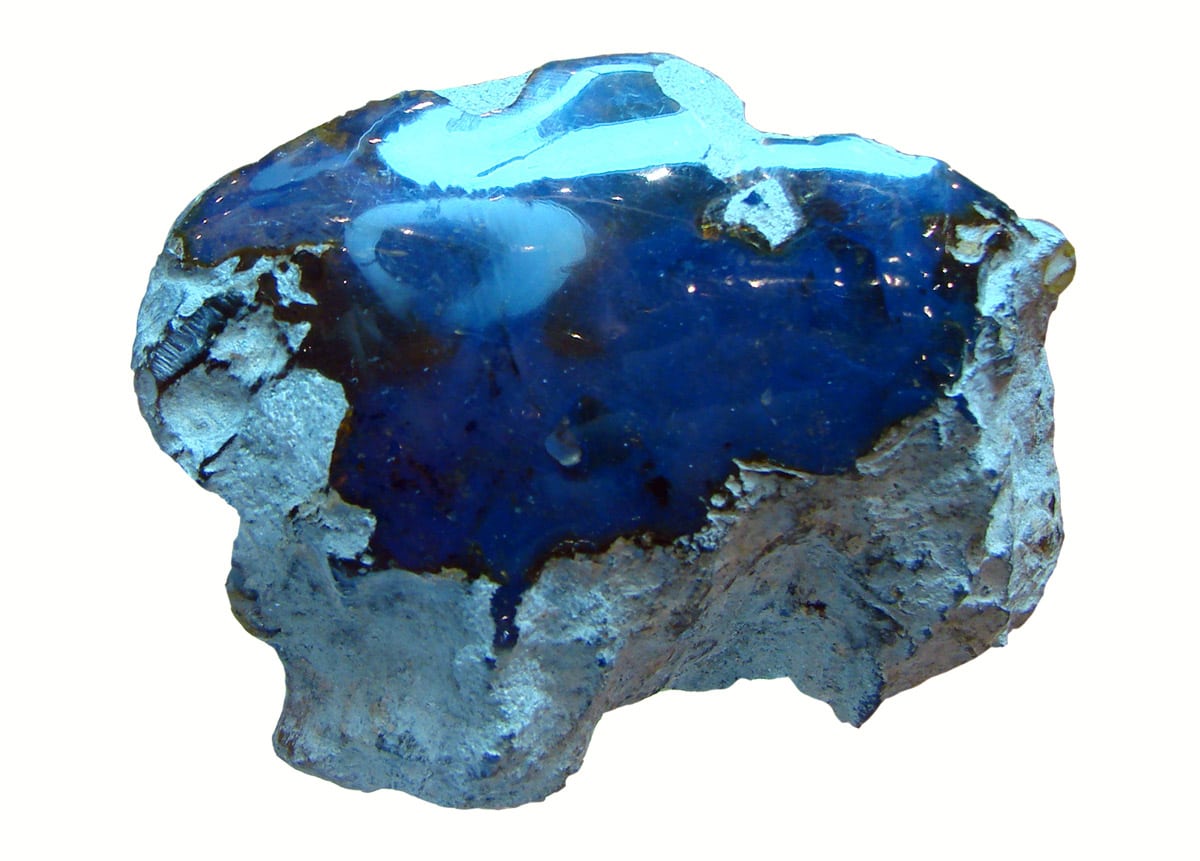World 🢖 Asia 🢖 Afghanistan
Gemstone finds 🢔 Rare natural materials 🢔 Geological wonders 🢔 Categories of wonders
Wonder
Sar-i Sang lapis lazuli mines
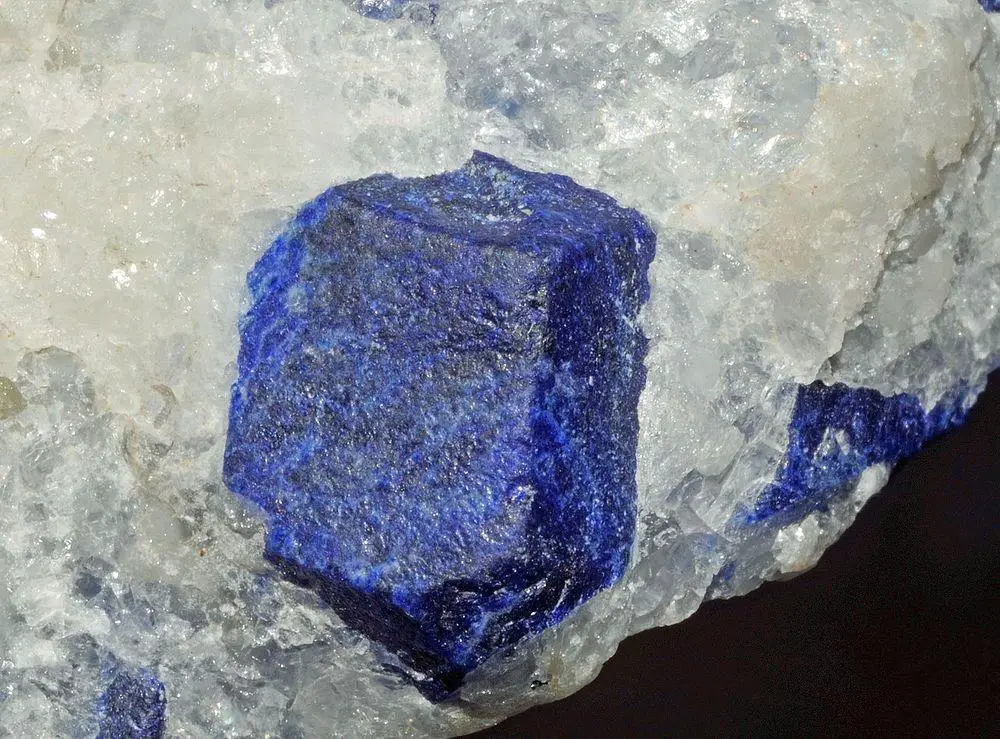
 In short
In short
World’s most beautiful lapis lazuli is found in one location – in the wild mountains of Northern Afghanistan, in Sar-i Sang. The gorgeous blue stone is mined here for many thousands of years.
 45.3%
45.3%
GPS coordinates
Location, address
Alternate names
Gemstones
Map of the site
If you see this after your page is loaded completely, leafletJS files are missing.
 In detail
In detail
Location of Sar-i Sang mines
Sar-i Sang mines are located in inhospitable Hindu Kush ranges, on the right bank of Kokcha River, a tributary of Amu Darya. The valley of the Kokcha River here is some 200 – 180 m wide, surrounded by up to 6 km tall mountains. This is a harsh highland, without vegetation, covered in snow for the most part of the year. Even in the summer, the nights here are frosty although on the days it can be quite hot. Miners have to ascend from the river up to 450 m high in the mountains and work in mines where the temperature is around 2° C.
Sar-i Sang mines are the last active mines of high-quality lapis lazuli – in the past nearby existed some more not too far from Sar-i Sang. Often these mines are called Ladjuar Medan, also Ladjuar Medam, Lajur Madan, Mahdani Lojward, and similar. This is simply “lapis lazuli mine” in local languages, e.g. Dari language. In Sar-i Sang are several separate mines, such as Madan Char, Pitwak Mine, and Darreh-Zu – former mine which has been exhausted and abandoned.
Geology
There is lazurite and there is lapis lazuli. The first – lazurite – is a mineral. This is a gorgeous, deep blue silicate mineral that sometimes (mostly in Sar-i Sang) can be found in crystals. The largest crystals are up to 5 cm large. This is not a gemstone – crystals are not transparent and mineral is not very hard. Lapis lazuli is a rock, which consists mainly of lazurite but there is present also calcite (white), pyrite (metallic yellow), and sodalite – another fine, blue mineral. In Sar-i Sang mines has been found one more beautiful blue stone – afghanite, which can be used as a gemstone.
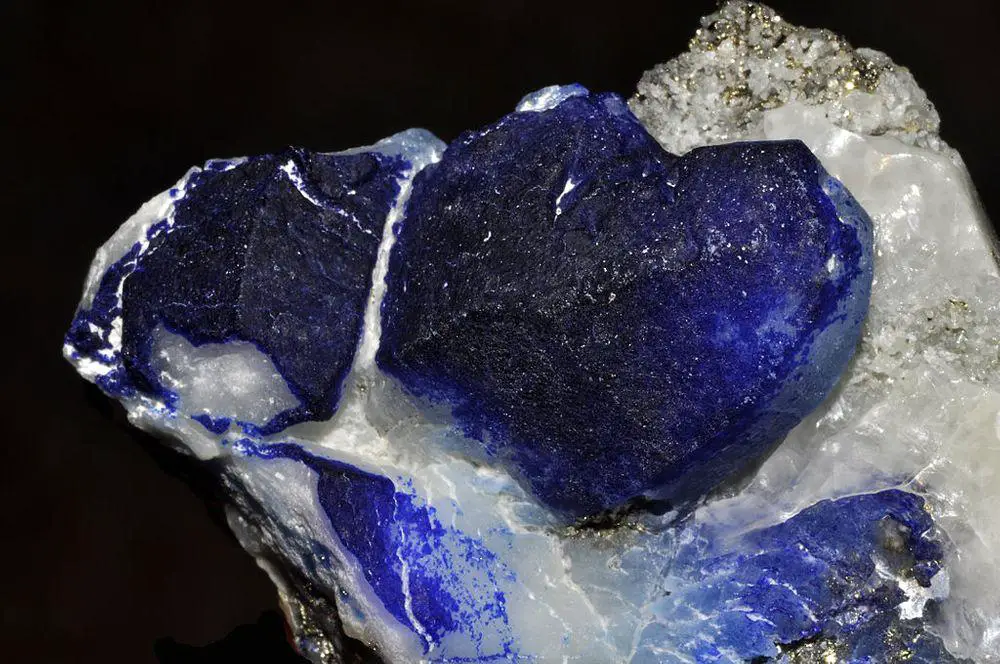
Name “lazulī” – is the ancient Persian name for this stone, while “lapis” is Latin for “stone”.
Lapis lazuli comes in different shades and qualities and local miners and traders divide the lazurite of Sar-i Sang into three main grades (with their Persian names):
- Neeli (nili) – deep blue stones in indigo color, the most valuable lapis lazuli. Such lapis lazuli is found mainly in Sar-i Sang and only in very rare cases – elsewhere in the world.
- Asmani (assemani) – light blue stones. These stones have less value, but make no mistake – this is a gorgeous stone in a very intense blue color, frequently with white calcite veins.
- Suvsi (sabz) – blue-green variety. The least valuable variety, but still – a good ornamental stone.
Lapis lazuli has formed in skarns – limestones or dolostones which were modified by pressure and high temperature through geological processes. In Sar-i Sang these skarns are found in Archean gneiss and lapis lazuli here forms veins. The best veins are not too large: some 1 – 10 meters long.
Locals consider that the best stones were found nearer to the land surface and, of course, were mined and shipped away long ago. Nevertheless, the mountains here still keep lots of fine lapis lazuli.
Throughout millennia local people have searched through the mountains to find other mines of lapis lazuli – and we can consider that they have found all of them… or almost all. In the 1930ies Russian geologists, following the local legends, found one more find of good quality lapis lazuli some 100 km from Sar-i Sang, in Tajikistan, in Ladzhuar-Dara. Access to this find though requires brave heart and climbing equipment.
History of Sar-i Sang
Mountains could not hide the beautiful blue stones from the people – lapis lazuli is mined in Sar-i Sang (or was mined in nearby mines) since the Neolithic Age, the 7th millennium BC.
These stones were found in the Neolithic burials of Mehrgarh (around 7000 – 5500 BC) – the precursor of Indus Valley Civilisation and lapis lazuli was highly valued also in the times of Indus Valley Civilisation. Back in these times not too far from the mines developed a trade city – Shortugai, where one of the main trade items was this stone.
Blue stones were desired in any market – around the 4th millennium BC or earlier stones from Sar-i Sang reached Mesopotamia and were some of the most used decorative stones here. Around 3300 BC lapis lazuli reached also Ancient Egypt. This stone was used for the funeral mask of Tutankhamen (1341 – 1323 BC), Cleopatra used a powder of lapis lazuli as eyeshadow.
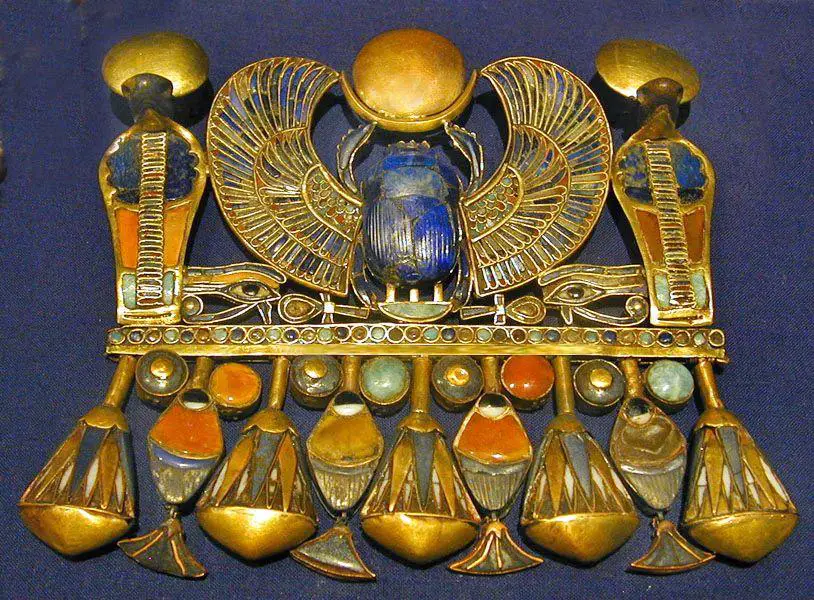
Lapis lazuli from Afghanistan reached even Mauritania in ancient times. This stone has been mentioned multiple times in the Old Testament as “sapphire”.
In medieval Europe, lapis lazuli was ground into a powder and used as the most expensive of all blue pigments – ultramarine. Lapis lazuli from Sar-i Sang in such form was used by Titian, Vermeer, and other great artists in their works of art. If you see the deep blue color of the clothing of the Virgin Mary in Renaissance paintings – there is a high probability that this is a small piece from the remote Hindu Kush mountains.

British explorer Captain John Wood reached the mines in 1838 and wrote: “If you do not wish to die, avoid the Valley of Kokcha”. He was a witness to the dire conditions for the miners in this area. Thousands of poor men came here all over the region and worked in this inhospitable valley.
Until the early 20th century miners made a fire under the rock – or in special holes made in the rock. When the rock was hot, they poured cold water on it. Cliffs fractured and then miners hammered the rock until they got the desired stones.
Of course, this exhausted any wood or anything else that could be combusted in the valley. The invention of explosives changed this business – now the stones are mined with explosions. This could improve the speed of work but the life of workers is not much easier – they work in primitive conditions and quite frequently die or get injured in accidents.
Even more frustrating is the division of wealth. Miners get paid only a small fraction of the real market value: most of the profit stays in other pockets. Unfortunately, peace in this region is a rare phenomenon and for long decades and even centuries unrest and war continue in the mountains of Afghanistan. Income from the gorgeous blue stone, unfortunately, is feeding this war. Also lately, around 2014, the profit was used to fund illegal armed groups. In order to cut this source of financing, mining has been almost stopped in Sar-i Sang for several years by the government.
References
- Daniel Russell, Mining Lapis In The 19th Century: the narrative of Captain John Wood, explorer. Mindat.org, March 2006. Page accessed in the 5th March 2019.
- Peter Bancroft, Lapis Lazuli from Afghanistan, excerpt from Gem and Crystal Treasures (1984) Western Enterprises/Mineralogical Record, Fallbrook, CA, 488 pp. Pala International. Page accessed in the 5th March 2019.
Sar-i Sang lapis lazuli mines is included in the following list:
 Linked articles
Linked articles
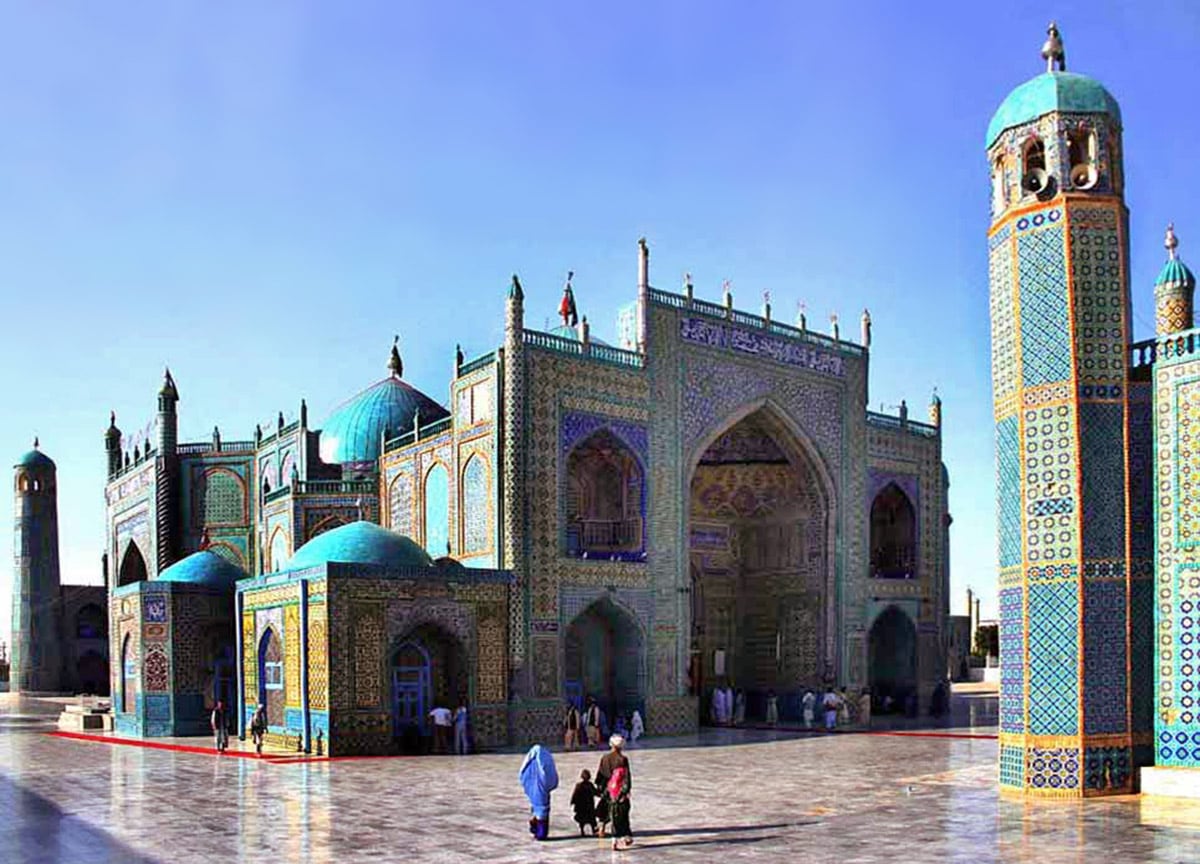
Wonders of Afghanistan
Long ago, in the distant past in the area of present-day Afghanistan evolved amazing cultures – here met Indian, Greek, and Persian civilizations and unique local cultures. Recent decades have been harsh and some magnificent monuments of the past have been lost (including two giant statues of Buddha in Bamyan). Nevertheless many still exist.
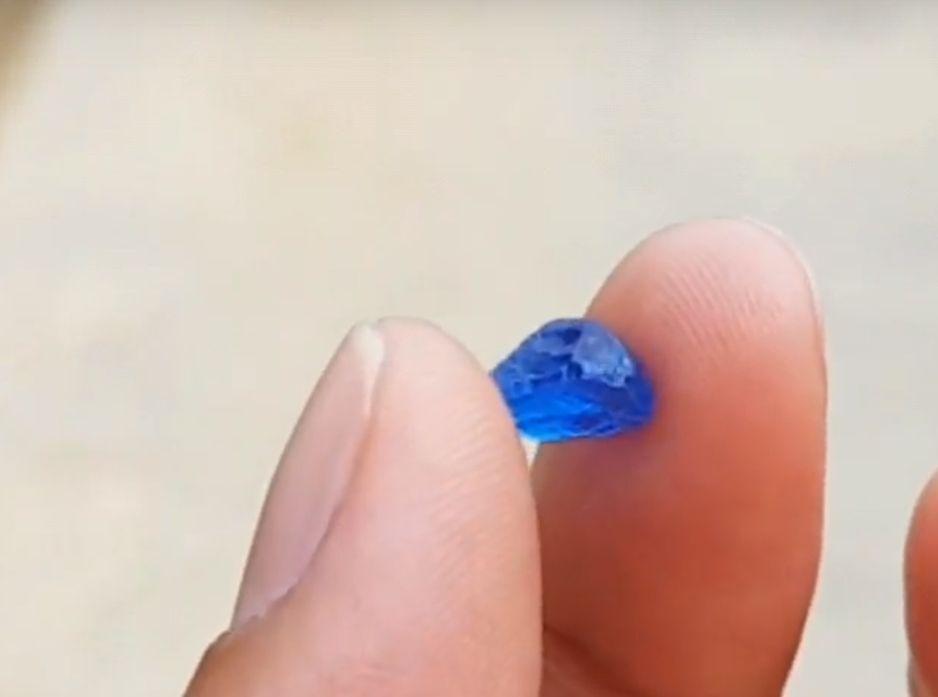
10 finds of unique blue gemstones
A list of ten finds of unique blue gemstones around the world. Some of these gemstones are found only in one place: such as tanzanite or benitoite.
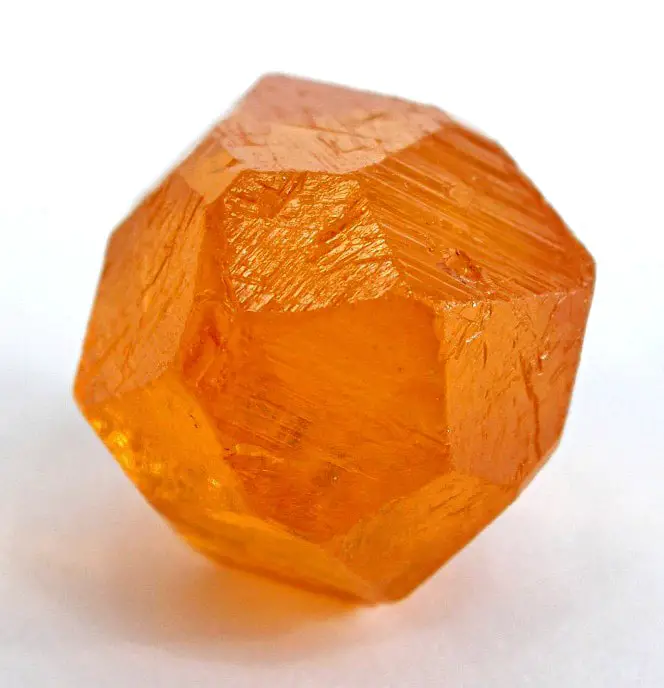
Gemstone finds
Gemstone finds are locations where are found rare and beautiful stones which that can be used for jewelry and have high market value.
Many finds of gemstones, such as jadeite mines in Guatemala or Sar i Sang lapis lazuli mines in Afghanistan – have been used for millennia and are legendary places.
 Recommended books
Recommended books
Lapis Lazuli
The amazing quality of lapis lazuli, the purity of its color, and the mystery of its origins have meant that it has been pursued through the ages as a rare and precious gemstone. Sarah Searight’s passion, set ablaze at school by a line in a poem by Robert Browning, has led to a lifetime in search of the stone itself and the role it played in the great civilizations of the Old World. In this book, Sarah Searight seeks out the stone across a number of cultures and their histories and traverses a wide geographical area from Saharan Africa and the Middle East, to Central Asia and into Europe.
Lost World of the Golden King
Drawing on ancient historical writings, the vast array of information gleaned in recent years from the study of Hellenistic coins, and startling archaeological evidence newly unearthed in Afghanistan, Frank L. Holt sets out to rediscover the ancient civilization of Bactria. In a gripping narrative informed by the author’s deep knowledge of his subject, this book covers two centuries of Bactria’s history, from its colonization by remnants of Alexander the Great’s army to the kingdom’s collapse at the time of a devastating series of nomadic invasions.

